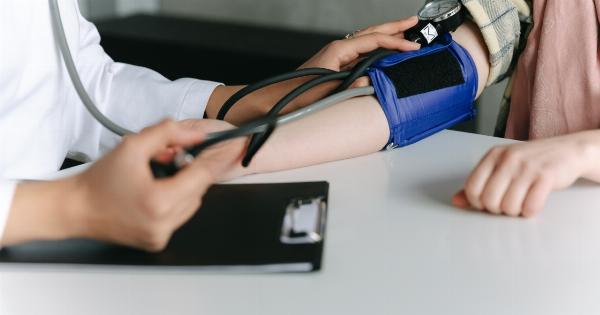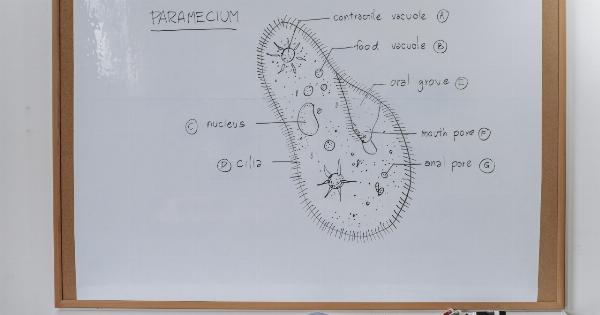Heart attack and diabetes are two serious health conditions that can have a significant impact on a person’s overall well-being. Early detection and diagnosis are crucial for effective management and treatment.
Recognizing the early signs of these conditions can potentially save lives and improve the quality of life for those affected. This article aims to provide valuable information about the early signs of heart attack and diabetes.
Heart Attack
A heart attack, also known as myocardial infarction, occurs when the blood flow to the heart muscle is blocked, usually because of a blood clot. This lack of blood flow can cause damage to the heart and lead to life-threatening complications.
Here are some early signs and symptoms of a heart attack:.
1. Chest Pain or Discomfort
Chest pain or discomfort, also known as angina, is the most common symptom of a heart attack. The pain can feel like pressure, tightness, or a squeezing sensation in the center of the chest. It may also radiate to the arms, neck, jaw, or back.
2. Shortness of Breath
Feeling breathless or having difficulty catching your breath, especially during physical activity or when at rest, could be an early sign of a heart attack.
This occurs due to the heart’s inability to pump enough oxygen-rich blood to meet the body’s demands.
3. Fatigue and Weakness
Unexplained fatigue and weakness can be signs of a heart attack. If you find yourself feeling excessively tired even after mild physical exertion or at rest, it is important to pay attention to this symptom and seek medical advice if necessary.
4. Dizziness and Lightheadedness
Feeling dizzy or lightheaded, especially when standing up quickly or during activity, can indicate a heart problem. The reduced blood flow to the brain can cause these symptoms and should not be ignored.
5. Nausea and Vomiting
In some cases, a heart attack can cause gastrointestinal symptoms such as nausea, vomiting, or indigestion. These symptoms are more commonly reported by women.
6. Sweating
Excessive sweating, often accompanied by cold and clammy skin, can be an early indication of a heart attack. Pay attention to sudden and unexplained sweating even without physical exertion or in cool environments.
Diabetes
Diabetes is a chronic condition characterized by high blood sugar levels due to the body’s inability to produce or effectively use insulin.
It is important to identify the early signs of diabetes to prevent complications and promote timely intervention. Here are some early signs and symptoms of diabetes:.
1. Frequent Urination
One of the earliest signs of diabetes is increased frequency of urination. Excessive sugar buildup in the blood forces the kidneys to work harder, resulting in increased urine production. This symptom is often accompanied by increased thirst.
2. Excessive Thirst
Feeling excessively thirsty, even after drinking an adequate amount of fluids, can be a sign of diabetes. The high blood sugar levels cause dehydration, leading to increased thirst. This symptom often goes hand in hand with frequent urination.
3. Unexplained Weight Loss
Unintentional weight loss without changes in diet or physical activity can be a red flag for diabetes. When the body cannot effectively use glucose for energy, it begins to break down fat and muscle tissue, resulting in weight loss.
4. Increased Hunger
Due to the body’s inability to regulate blood sugar levels, individuals with diabetes may experience increased hunger, even after eating a meal. This occurs because the cells are not receiving adequate energy from glucose.
5. Fatigue
Chronic fatigue or tiredness that is not relieved by rest can be an early sign of diabetes. Inadequate insulin levels prevent glucose from entering the cells, leading to a lack of energy.
6. Blurred Vision
Elevated blood sugar levels can cause changes in the lens of the eye, leading to blurred vision. If you notice sudden vision changes, it is important to get your blood sugar levels checked.
Conclusion
Recognizing the early signs of heart attack and diabetes is crucial for early detection, diagnosis, and effective management. If you or someone you know experiences any of the aforementioned symptoms, it is important to seek medical advice promptly.
Remember, prevention, early intervention, and proper management can significantly improve outcomes and quality of life.




























